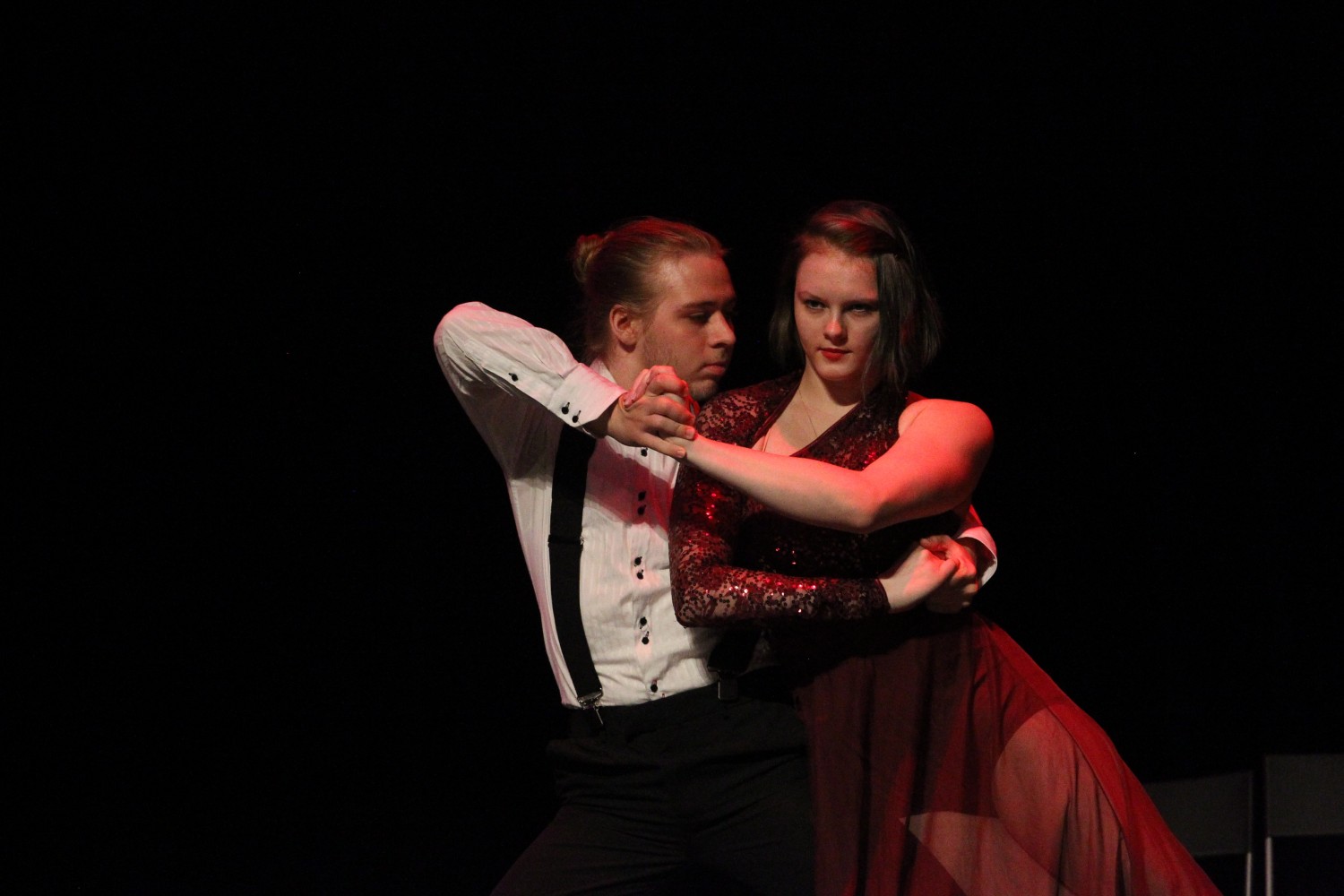How to be a Creative Dancer

You’ve got the moves, the frame, the connection with your partner. But something’s missing. You want your dancing to express what you hear, what you feel when you move. Your dance needs life.
Spontaneous creativity straddles the divide between the physical and the emotional on the dance floor. Too much focus on the physical moves (where most beginners start) and your dance becomes wooden, while too much emotion can sacrifice structure and connection. Speaking as someone who’s erred on both sides of the spectrum, here’s what I’ve learned about expressing yourself spontaneously and creatively, while still tying your moves to the structure of the dance.
Thought VS Instinct
No matter what activity you do, there’s always an interplay between planning out your moves and acting on them. You can’t play a good game of football by waiting around, analyzing the best possible play – you have to make an educated guess and trust your instincts; you have to act now. Begin by recognizing that a natural step in your improvement is increasingly trusting your muscle memory to handle the mechanics of dancing.
Listening to the Music
Music can flow like a river, sharply resound and change direction like rapids, or drop off like a waterfall. Getting familiar with the accents in the dance music allows you to start planning for them – a corte on that powerful drumbeat perhaps, or a snappy grapevine when the saxophone hits a series of staccato notes.
‘Interrupt’ Your Patterns
Patterns don’t have to be danced one after the other, clunking like marbles on a billiard table – use the river analogy, and flow them together! Cut out the end of one step, and attach the beginning of another (tango is particularly good for this), or just mix and match a group of elements together… Just make sure you stay on time with the music, and don’t wrench your partner.
Cross-train for Creativity
Certain dance styles, like Argentine tango or West Coast Swing, have a looser structure, giving you more room to combine and play with different steps as you like. Give either or both an honest try, and you’ll be more comfortable mixing it up in other dances.
‘Trained’ Creativity?
Sound like an oxymoron? Every truly creative person knows there has to be boundaries to creativity, or it loses it’s meaning. So, explore those limits! In the next article, we’ll look at some fun body isolations you can practice, so you can better express what you hear and feel.
About the Author
Ian Crewe has been dancing ballroom for almost 20 years, and has a Licentiate in American smooth and rhythm. His passion for dance and his endless seeking for ways to reach new audiences eventually led him to blogging and the World Wide Web. Ian currently teaches at the Joy of Dance Centre, Toronto, ON, Canada.

